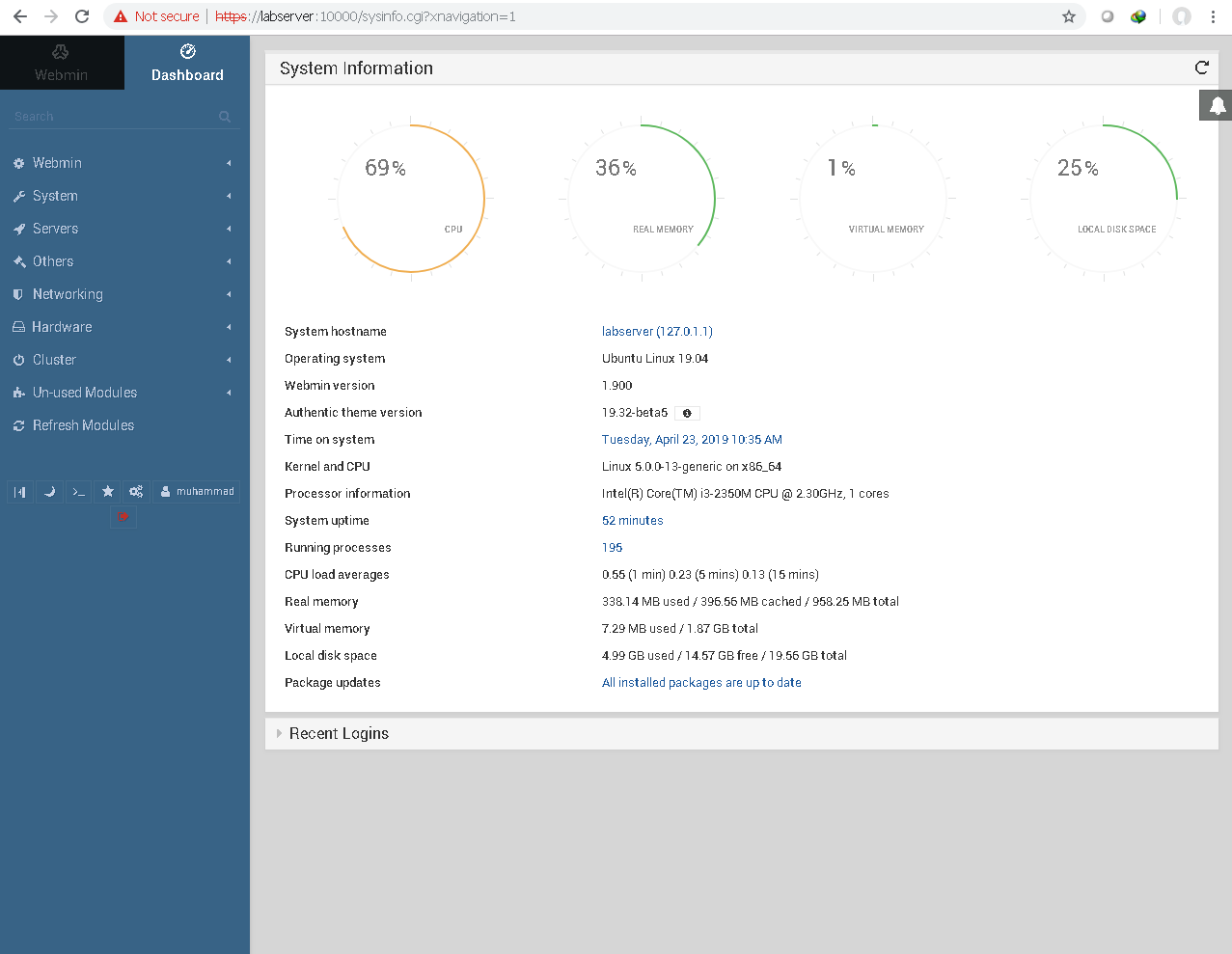
You can also create a full system image of your Ubuntu installation with a dedicated system imaging software like CloneZilla.On the command-line, you can use tar or rsync. Good examples for simple, friendly tools of this nature are Timeshift and Grsync. You can copy the files manually or use a data backup/replication tool. You can also manually copy important files to a different device (second hard disk, USB drive, another computer on the network, etc).Ubuntu has its own backup tool, which you can turn on.It is crucial that you have your personal files safely copied to a backup location, so you can restore them if there are any problems or complications. Upgrades are normally safe, but there is always a chance something may go wrong. Please make sure to back up your data.In this tutorial, we will demonstrate both options. If you do want to proceed with the upgrade, you can launch the graphical guided wizard from the command line, or complete the entire process using the latter.If you are not sure about any of the steps or methods outlined below, you might want to wait for the dot release. However, the process at the moment involves some use of the command line, and therefore requires some level of technical knowledge and confidence.

You can still do an upgrade right now, though. Once this functionality is enabled, you will see a prompt like this one: The typical timeframe for this is around three months after the official release.
#UBUNTU GRSYNC SCHEDULE UPDATE#
The Ubuntu update manager will start showing a prompt for an upgrade to 20.04 once the first dot release of Ubuntu 20.04 LTS (i.e. The upgrade process can be done using the Ubuntu update manager or on the command line.

There are several things you need to take into account before you go forward with the upgrade: We will explain several methods by which you can achieve this, including some advanced tips and tricks that can help you further customise your upgrade process.
#UBUNTU GRSYNC SCHEDULE HOW TO#
In this tutorial, we will show how to safely upgrade from Ubuntu 18.04 LTS (Bionic Beaver), the previous LTS, to the current one. If you are currently using an older version of Ubuntu, you may be interested in upgrading. This is the latest Ubuntu Long Term Support (LTS) release, with security patches and updates available until 2025. Ubuntu 20.04 LTS (Focal Fossa) was officially released on April 23.


 0 kommentar(er)
0 kommentar(er)
